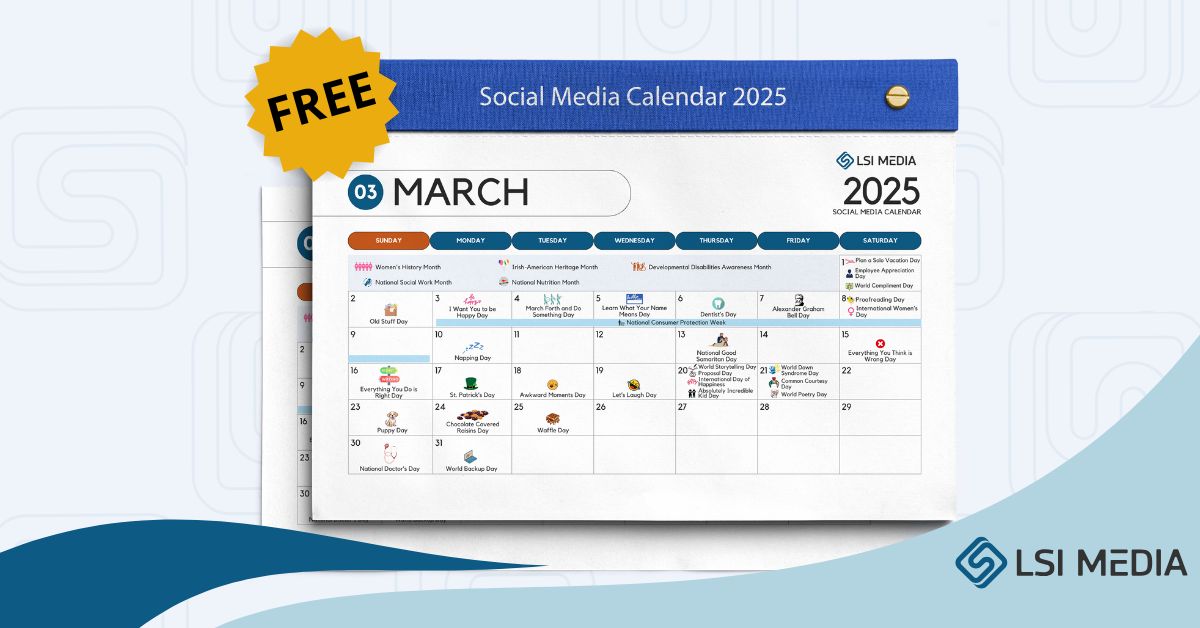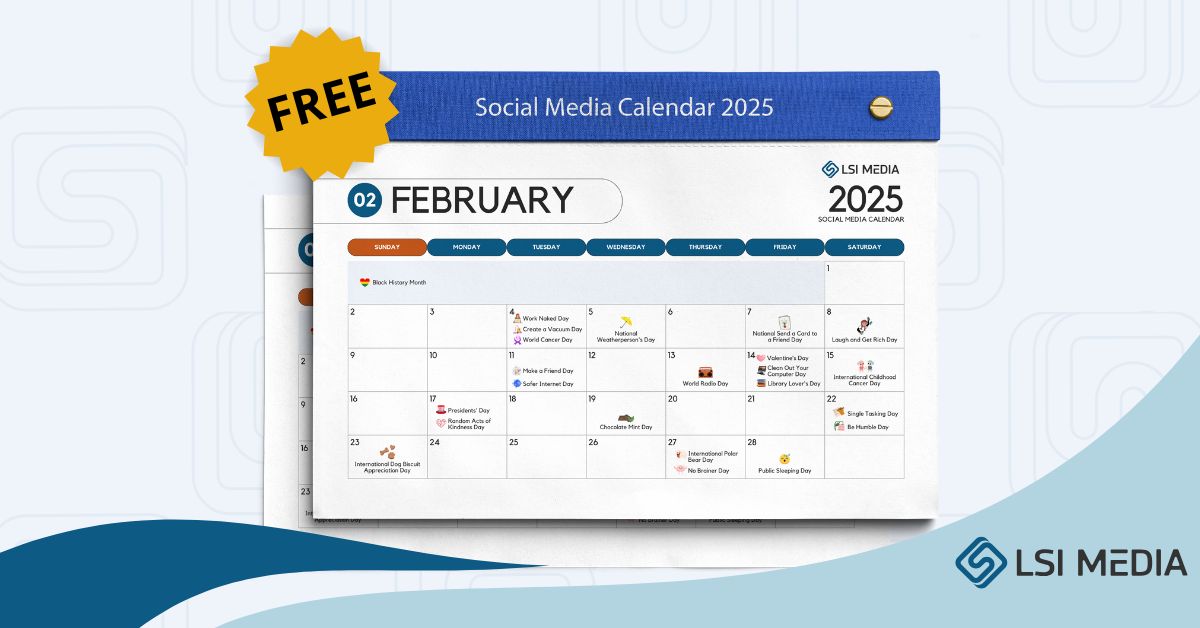[ez-toc]
Having effective advertising strategies is crucial for any successful marketing campaign. With the ever-increasing competition in the online space, businesses need to adopt the right digital advertising strategies to stay ahead of their competitors. From social media marketing to search engine optimization, there are numerous techniques that can be employed to maximize the reach and impact of your marketing efforts.
Digital advertising has become an important component of current marketing strategies—and if it isn’t already, it should be. Whether your organization is B2B or B2C, you will be able to successfully establish your online presence and, as a result, nurture more conversions and sales by efficiently employing digital advertisements.
Digital advertisements, more than ever, allow your company to be seen by a far larger audience. However, if your ads aren’t well thought out, you’re unlikely to receive the desired results. Every part of the advertisement, whether it is the design, channel, or messaging features, must be considered for it to function in your advantage.
To establish the very best ways to produce and implement digital ads, we looked to professionals in the digital advertising field, to create a compilation of suggestions that will help any firm get the most out of their campaigns. We’ve got it all covered, from the greatest channels to the best-converting material. Examine the following methods to determine if incorporating them into your own marketing strategy might help your organization achieve the digital advertising results you seek:
1. Conduct Research
You may have notions about what will perform best for your audience based on past experience with your ads, but it is critical to undertake extensive research and have statistics to back up your actions. You may expect your consumers to perform in a specific way, but they may act in an entirely opposite manner. It is critical to plan ahead of time for this and to use the study material to create your marketing approach.
UK-based MEL Research Client Services Director Elliot Simmonds explained that many people use sponsored posts and other forms of paid advertising, “and it appears that many are content to simply pay the money and watch the views and clicks roll in – even if some of those hits come from people who have nothing to do with the product or service they’re promoting.” Most platforms will allow you to specifically target your sponsored posts and advertising, yet it is best to do so after conducting research, he added.
Simmonds underscored the importance of doing research: discover which consumer types spend the most, who among your followers and online audiences stays and comes back, and where your clients are located, among other things. “Your gut instinct may tell you a lot about who your clients are, but you should also take the time to research – which consumer types spend the most. Who are the people who keep coming back? Where do the majority of your clients reside?” He further added.
2. Use Your Money Wisely
Each internet marketing platform offers a unique set of benefits. You must assess which sources require more time and money and which are less important. Industry experts point out that while there are systems that may function really well for one company, these same systems may only produce minimal to zero results for another.
“It’s all highly personal to your brand, and you should budget accordingly,” Belgium-based Smemark Founder and Managing Director Hitesh Sahni pointed out. He explained that determining what each platform will do for your specific advertising efforts should be the foundation for campaign decisions.
“It’s important to know what each channel brings to the table. Such search advertising platforms like Google Adwords work well when there is a clear need for your product or service and you want to reach people who look for it online.” Furthermore, he also added that for brands with fresh and innovative products that are not yet known in the market, or those goods in physical stores without online advertising, there is a need to “generate demand from the ground up.”
As Facebook users complete their profiles with demographic information and other interests, this implies that you may target people who are likely to be interested in your business, regardless of whether they are searching for it, Sahni further pointed out.
3. Elements of Creativity
Your company has graphic aspects that set it apart from competitors. Take advantage of this in your marketing efforts. Including a logo, mascot, font, or color scheme can help make your brand more recognizable. Furthermore, you may want to keep the attention of your online audience, yet you also want to have them remember your brand. Incorporating unique and innovative graphic components into your commercials is critical to their success.
According to Sarah Maloy, Content Marketing Manager at Shutterstock, you want a diversity of unique photos, but they should be consistent. “When advertising on social media, it’s critical to keep your content fresh so that it’s relevant and users don’t see the same post twice. When testing variations and launching new campaigns, seek photos with a consistent aesthetic so that your whole social campaign feels familiar but not repetitive to people who may see more than one ad.” “Overall, you want to make sure your social advertising tells a consistent story and that the image matches the wording, which matches the CTA or link content, which should match your identity,” she also said
4. Maximize the use of Facebook marketing and advertising
According to eMarketer research, 80 percent of small and medium-sized firms have not used Facebook marketing. According to Jayme Pretzloff, Wixon Jewelers’ Director of Marketing, Facebook is a terrific advertising place for small businesses, and she emphasizes the necessity of investigating this channel.
“Facebook has enabled you to take word-of-mouth to an entirely new level. Friends’ recommendations have a greater impact than ever before and can sway even the most skeptical buyer. You must get in front of your clients—past, present, and future—to do this.
We understand that business Facebook followings do not grow overnight, so how can we possibly create a tribe in a short amount of time in order to jumpstart your social media presence?” Pretzloff further added that Facebook has an excellent advertising mechanism in place that allows small businesses to easily and affordably advertise to extremely targeted target markets, making it ideal for startups to begin with a small advertising budget.
If used appropriately, Facebook may be a great advertising tool. “Make sure to test some advertising and figure out what would work best for your organization,”
5. The Purchasing Procedure
To reach users more successfully, you need to understand the buyer’s journey and what you need to communicate to them at each stage of the process When it comes to viewing buyer statistics, there are numerous detailed alternatives.
You can view every step a visitor takes on your website, how long they spend on each page, and even which sites led them to leave. Experts advise using this information to tailor your digital marketing to those audience members, making the process easier for them and more lucrative for you.
Blue Fountain Media’s PPC Specialist, James Kirby, emphasizes the significance of this: “Begin by focusing on users near the bottom of the funnel. For example, in-market audience targeting enables Google to examine user behavior to better understand where they are in the buying cycle. This allows retailers to target potential customers who are deeper down the funnel and on the verge of completing a purchase.” Kirby adds that with around 492 different market groups to reach right now, “both merchants and marketers tend to overlook targeting methods, yet, it’s crucial to use them to their advantage.”
6. Understand Your Target Audience
Understand Your Target Audience
Understanding your audience and how to market to them is crucial. Before you can market to them, you must first define who you want them to be. This is a vital element in any marketing campaign, whether online or offline, and it is a clearly defined aspect of your brand to which you can continually return.
When starting your digital advertising initiatives, Sean Gallahar, Social Media Director at i7 Marketing, emphasizes the necessity of precisely defining your target audience: “When it comes to digital advertising, it is vital to remember that for any business to be effective, they must first understand who their audience is, which social media sites they frequent, and then ensure that they can supply content for the platforms their audience frequents.
Gallahar further points out that regarding social media marketing, Facebook is one of the leading platforms with its best options on defining your ideal target audience, also an affordable ad spend that fits your budget. Furthermore, Facebook allows you to target your audience based on up to ten different interests, which is why having a defined target audience is important. “You need to know what they like to do and what they want so you can create content that will capture their attention,” he also added.
7. Connect Social Media Metrics to ROI
To determine which efforts are most effective, you must be able to link your data to the immediate impact it produces. While you market online, you are reaching a varied range of people, which must be considered when measuring your outcomes. You must consider what promotes engagement with your organization against what drives conversions.
According to Harpreet Singh, CEO and co-founder of Kvantum, a company must consider the following critical criteria when developing a reliable social media attribution strategy: a. Your social audience is not a homogeneous swarm of people attempting to friend others or locate discounts.
When dealing with your brand, they can be segmented and categorized into distinct behavioral groups with distinct missions. b. Social media platforms are a living, breathing community of people who express themselves and respond to global events. They are always changing. Being able to monitor this in real-time and respond to it quickly is crucial to remaining relevant in the social discourse. c. Simply because there are more likes or shares does not mean that the consumer will go out and buy it.
While there is some link, numerous other elements are at work, such as paid or organic social, cross-channel effects, target audience size, social interaction themes, competitive social media, and so on. A brand must link social media indicators to tangible measures such as sales, ROI, registrations, and leads.
8. Combining All Marketing Channels
To effectively reach your target audience, you must use a consistent message. This includes ensuring that your adverts are integrated across several platforms and that users receive the same message regardless of platform.
We understand that each social media platform has a distinct vibe and feel. Therefore you must take the time to tailor your digital efforts to each site while maintaining a distinct yet consistent voice for your company. Encite Marketing President Adam O’Leary elaborates on this concept:
“The most important digital advertising recommendation we can give business owners is to make sure your campaign is connected with your other marketing platforms.” A well-executed integrated marketing effort will outperform any solo endeavor.
For example, Facebook Ads perform admirably on their own when promoting a sale or introducing a new product, but they perform much better when combined with another marketing channel, such as email, O’Leary further added.
9. Geofencing
Digital advertising is a relatively new enterprise that carries a lot of promise for marketers, particularly those in the B2C area. It enables you to target customers in an entirely new way depending on their physical location, with the intention of naturally directing them to your business.
Andrea Mocherman, VP of Marketing at Gravit8 Marketing, explains how geo-fencing can be effective in driving sales for a variety of businesses. “Using geo-fencing in conjunction with digital advertising to engage consumers at the right time, with the right message, to drive in-store traffic is becoming an increasingly effective tool for marketers. These programs often create three times the amount of foot traffic and result in a 27 percent boost in revenue,” Mocherman says. She further added that the ability to target consumers based on their interests and engage them by delivering offers that will push them along the path to purchase is what makes geofencing so valuable for marketers.
Marketers may use geo-fencing to construct a virtual fence around any address or point of interest and receive notifications when a customer crosses that line. Whether a small business owner or a large retailer, they can utilize this technology to capture a customer’s attention before their rival does, allowing them to make timely offers that increase in-store traffic and, eventually, income.” she pointed out.
10. Improving Product Listing ADS
Product listing ads should include all of the components that users expect to see when conducting a search and all useful information involved in the purchase. You don’t want potential buyers to have to conduct further research, which may cause them to lose interest, so answer any queries they may have right away. Enhancing these advertisements will make them stick out, explains Monica Cabaniss, Blue Fountain Media’s PPC Associate.
“Take the time to create a product feed that includes a full description of your products so that they appear well in PLAs on Google, Bing, and now Facebook. On a search results page, pairing a product image with the product description will give visual appeal to the standard text ads, Cabaniss said. Finally, digital advertising might be the key to success for any company wanting to effectively market to the right demographic. Try incorporating these approaches into your digital marketing strategy if you want to improve your tactics and broaden the reach of your current procedures.
While implementing these ideas can help increase your overall ROI in the current and near future, keep an open mind about changes and fluctuations in digital advertising, regardless of the platform or channel you are using. Being proactive about it and staying up to date on trends will set you apart from the competition, Cabaniss also pointed out.
Bottomline
Times have changed, and so has the way businesses approach their clients. Traditional marketing has taken a step back to give the business world a new look. Many things have gone in a different direction because we want change and find ways to make it happen. Even though not all of the old ways of marketing are gone, the ways that marketing professionals use now are much more popular than what we used to know.
LSI Media is a premier, full-service digital marketing agency, garnering recognition two years in a row as one of the top 30 best digital marketing agencies in Virginia, as well as one of the best agencies in email marketing and SEO. Continue to follow our website to be in the loop for the freshest updates on trends and innovations in digital marketing and advertising!
FAQs:
1. What is digital advertising?
Digital advertising refers to the promotion of products or services using digital channels such as search engines, websites, social media, email, mobile apps, and more. It involves creating and delivering targeted messages to reach and engage a specific audience online.
2. Why is digital advertising important for marketing campaigns?
Digital advertising is important for marketing campaigns because it allows businesses to reach their target audience more effectively and efficiently. With the increasing use of the internet and digital devices, consumers spend a significant amount of time online, making digital advertising channels crucial for businesses to connect with their potential customers.
3. What are some top digital advertising strategies for excellent marketing campaigns?
The top 10 digital advertising strategies for excellent marketing campaigns include:
- Search engine optimization (SEO): This involves optimizing your website to rank higher in search engine results to increase visibility and organic traffic.
- Pay-per-click (PPC) advertising: This involves creating and running paid advertisements on search engines and other platforms, where you only pay when someone clicks on your ad.
- Social media advertising: This involves promoting your products or services on popular social media platforms to reach and engage your target audience.
- Email marketing: This involves sending targeted emails to a specific list of subscribers to promote your products or services and nurture customer relationships.
- Content marketing: This involves creating and distributing valuable and relevant content to attract and engage your target audience, ultimately driving profitable actions.
- Influencer marketing: This involves collaborating with influential individuals in your industry to promote your products or services to their audience.
- Remarketing: This involves targeting users who have previously interacted with your website or brand and displaying ads to them as they browse other websites.
- Video advertising: This involves using video content to advertise your products or services on platforms such as YouTube or social media.
- Mobile advertising: This involves creating and delivering targeted advertisements on mobile devices, such as in-app ads or mobile search ads.
- Native advertising: This involves seamlessly integrating advertisements into the natural context of the user experience on a platform or website.





















